Indian Space Mission Changes Everything We Knew About The Moon
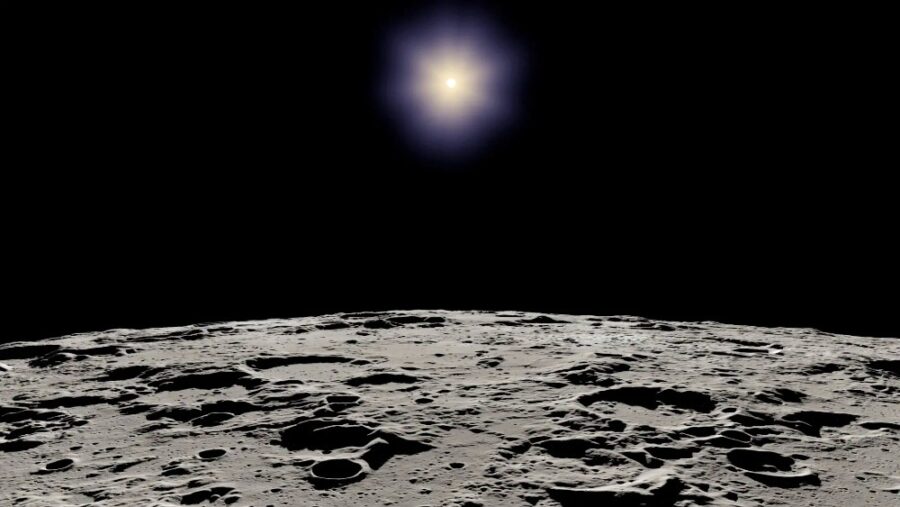
India’s Chandrayaan-3 mission has been a huge success, and it’s already gathering some extremely interesting data. The data suggests that a lunar magma ocean covered the entire surface at some point in our satellite’s history. The scientists working on the mission published their recent findings in the esteemed journal Nature.
India’s First Moon Mission
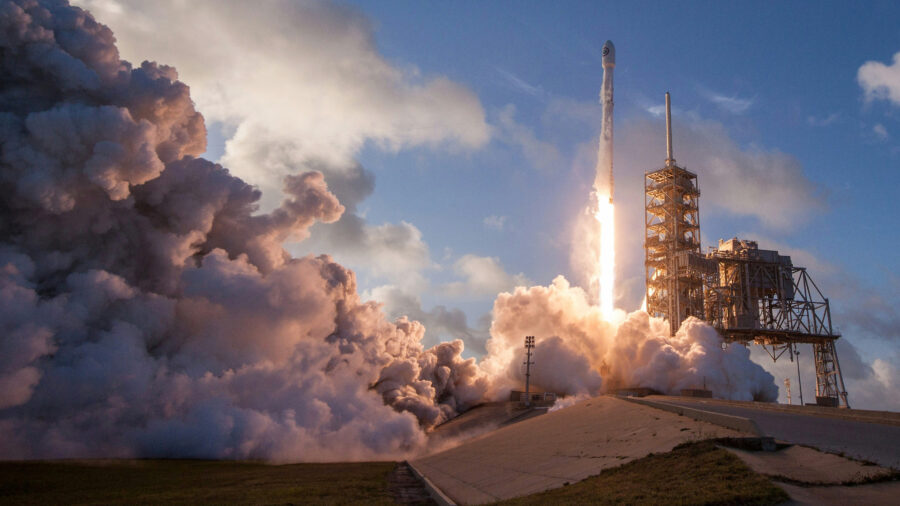
India’s Chandrayaan-3 mission successfully landed the Vikram lander on the surface of the Moon, where it then sent out the Pragyan rover to explore and collect data. Vikram touched down further south than any mission from Earth has ever landed, allowing it to get a unique perspective of the Moon’s geology, including findings about the possible lunar magma ocean.
Geological Evidence Of Magma
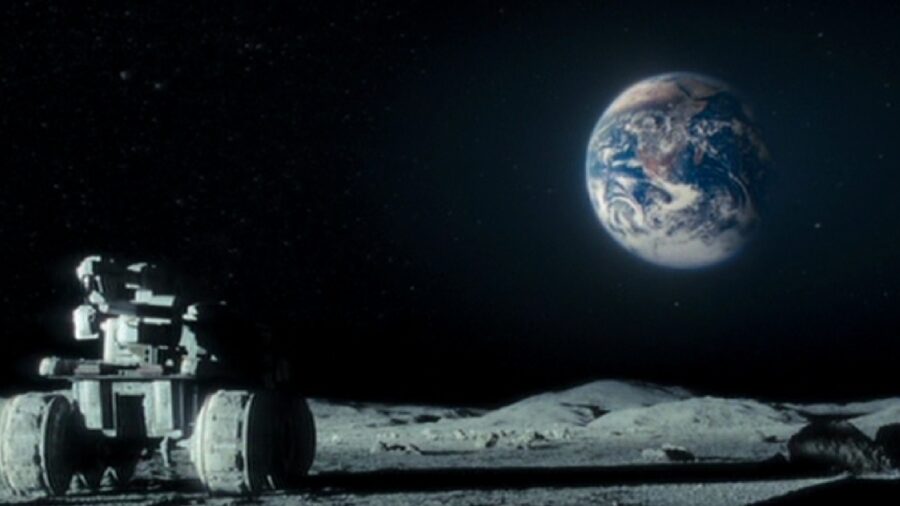
The rover found a uniform mix of chemical elements around the lander, with most of the lunar soil made up of a white rock called ferroan anorthosite. The chemical composition of the soil in these measurements is fairly similar to the samples taken by the US Apollo 16 flight in 1972 and the samples taken by the Soviet Union’s Luna-20 mission. Both of these samples were taken in the equatorial region of the Moon, so the similar chemical composition in the far regions of the Moon’s southern region indicates the lunar magma ocean was covering most of the surface.
Origin Theories
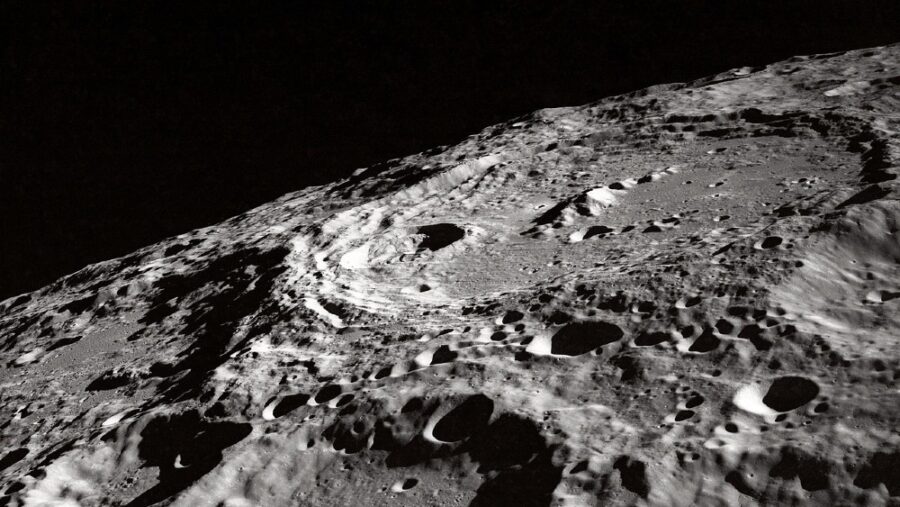
The lunar magma ocean would have occurred in the early millennia of the Moon’s formation. The presiding theory is that the Moon was formed after Earth was hit by a massive Mars-sized planet, causing rocks to burst out and eventually come together to form the Moon. It’s believed that the magma ocean would have lasted for tens to hundreds of millions of years after the Moon was initially formed.
Eventually, the lunar magma ocean would cool and create the ferroan anorthosite rocks that the rover sampled from the Moon’s soil recently. Of course, this is far from the first time the lunar magma ocean (LMO) model has been proposed, but these findings help to prove the theory. The LMO model was first proposed when the Apollo 11 mission brought back the samples.
Volcanic Rock
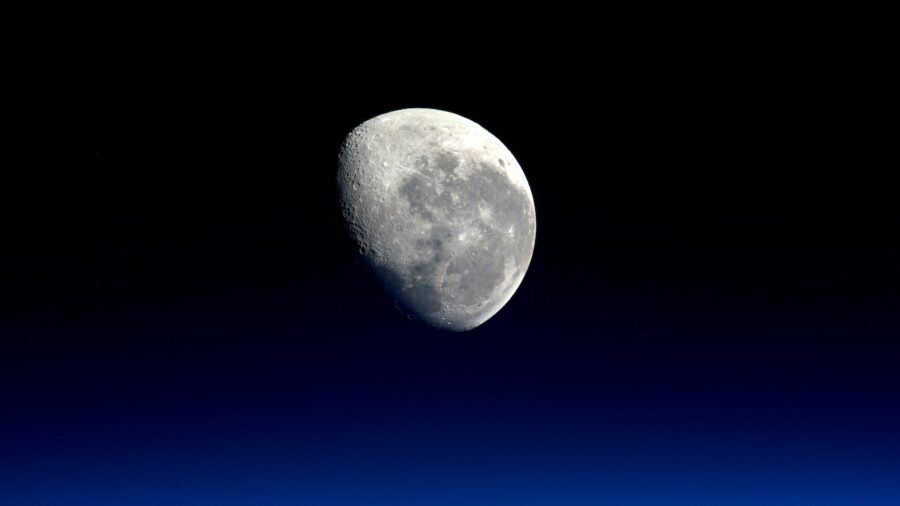
The samples collected by the Apollo 11 mission found a ton of dark basaltic rock in the area, but they also noticed fragments of white rock, now known as ferroan anorthosite, in the basaltic rock. After these findings, the theory began that these white rocks were part of the ancient lunar crust. Theoretically, the lunar magma ocean cooled down and dense minerals sank to form the mantle while ferroan anorthosite rose to the surface of the magma and formed the Moon’s original crust.
Exploring Where No One Has Been Before
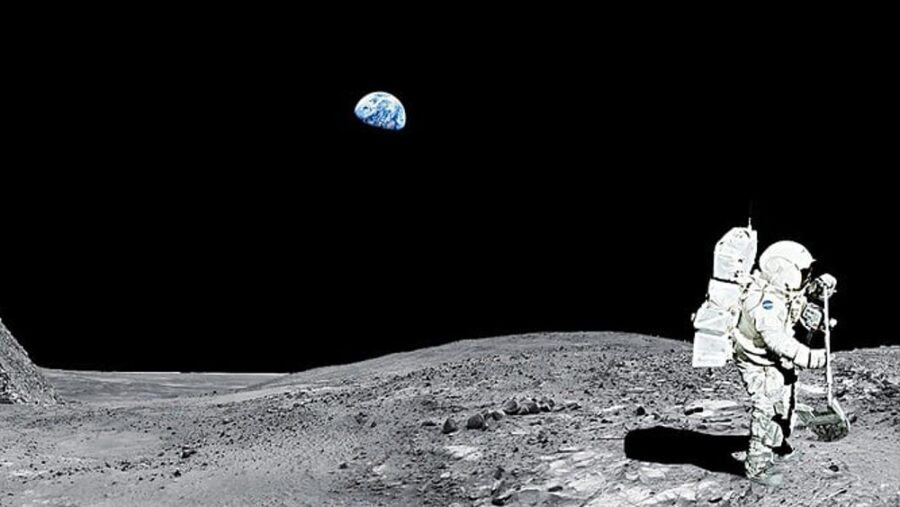
In any case, the data that the rover is collecting should be invaluable for shedding more light on the geology of the Moon and its possible ancient lunar magma ocean. While we have the earlier samples taken by the US and Soviet Union missions and samples from lunar meteorites that are collected and studied after landing on Earth, these direct samples from the lunar surface are the best way to learn about this previously unexplored region. There’s undoubtedly going to be more enlightening data from this mission, and it’ll be interesting to see what else it can uncover.
Source: Nature













Login with Google